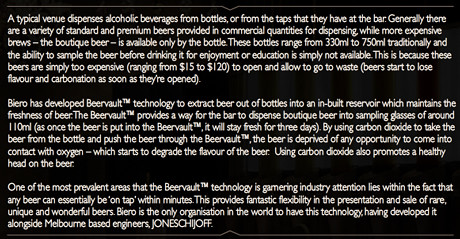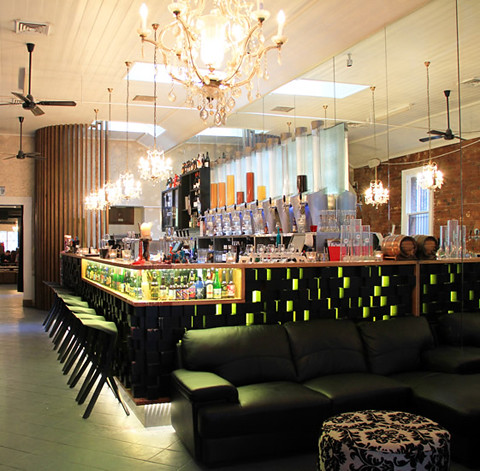![]()
In yet another hatchet job by the National Institute on Alcohol Abuse and Alcoholism, a new study they sponsored declares “Alcohol Consumers Are Becoming The Norm,” as if that’s a bad thing. The longitudinal study using data almost two decades old from the NIAAA’s 1991-92 National Longitudinal Alcohol Epidemiologic Survey and the 2001-02 National Epidemiologic Study on Alcohol and Related Conditions was conducted by researchers at the UT Southwestern School of Health Professions. The results are being be published this month in Alcoholism: Clinical and Experimental Research, a journal of the National Council on Alcoholism and Drug Dependence. To say the study is most likely biased, without even having to look at it, is something of an understatement.
The press release for the study begins with this eye-catching pronouncement. “More people are drinking than 20 years ago.” But that’s not correct. A more accurate statement would be that more people are drinking eight years ago than were doing so twenty years ago. Not quite as sexy, or alarming, but correct based on the actual data the study examined.
But really, even if true, if more people are indeed drinking today than twenty years ago, so what? The statement completely ignores context. We know mass-produced beer is down. We know craft beer is up. Couldn’t an equally valid explanation be that more people are drinking less, but better beer. That would mean more moderate drinking, which has shown to cause people to live longer than either abstaining or over-drinking. Shouldn’t that be considered be excellent news? But when the people studying the data owe their careers and paychecks to the study of “alcoholism,” it’s always bad news. The glass is quite literally, always half empty.
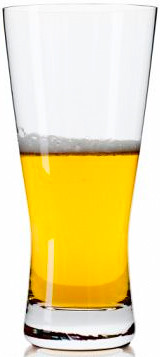
Just look at how they define drinkers vs. non-drinkers. For purposes of the study, someone who has had twelve drinks of at least “0.6 ounces” in the last year is considered a drinker. That’s a total of 7.2 ounces in an entire year and you’re a “drinker.” That’s less than half a pint in a year, for chrissakes. Less than that and you’re a non-drinker. Talk about just saying no. But an increase in the number of people who’ve had less than a half pint is on the increase, apparently, and that’s cause for alarm? Are you kidding me? That would be laughable if lead researcher Dr. Caetano didn’t sound so serious. He thinks “that continuous monitoring of alcohol consumption levels is needed to understand better the factors that affect consumption. Monitoring also would help to detect as early as possible signs that rates of risky drinking behaviors such as binge drinking or drinking to intoxication may be increasing.” And he’s worried about people who’ve consumed as little as 7.2 oz. in one year. Is it just me, or is that the proverbial tempest in a pint glass?
But wait, it gets better. Based on what any reasonable person would consider almost no drinking at all, he has the following recommendations.
“This suggests to us that a variety of public-health policies such as restrictions on alcohol advertising, regulating high-alcohol-content beverages, increasing taxes on alcohol, as well as treatment and brief interventions may be needed to reduce alcohol-related problems,” he said.
How? How does that suggest these draconian measures? To them, the “reasons for the uptick vary and may involve complex sociodemographic changes in the population, but the findings are clear: More people are consuming alcohol now than in the early 1990s.” But that’s not even true from their own findings. First of all, as I said before, this compares a study from 1991-92 to another one conducted in 2001-02. That was eight years ago, not “now” as he states. Then with such flimsy increases using as their base amount less than 8 oz. of alcohol consumed in an entire year, they think it’s appropriate to make recommendations calling for more regulation, higher taxes and more medical intervention. That’s completely absurd and utterly disproportional to the findings.
This seems so obviously an agenda in search of a study. The suggestions were already in place. It’s the same nonsense that neo-prohibitionist groups have been pushing for years. This study was just shamelessly shoe-horned into that agenda.
But again I think part of what bothers me about these type of studies is that they take the view that any drinking is bad, no matter how small or moderate. They don’t take into account the context of the drinking. Is it with food? Is it with friends over a long period of time? Is it a few times a week or all at once? Even the Federal government increased their recommendations of safe drinking from two to four drinks a day, assuming the weekly intake stays below their recommendations. And they’ve acknowledged the numerous studies that show moderate drinking is part of a healthy lifestyle and will also most likely mean you’ll live longer. But these anti-alcohol funded studies just add up the amounts people drink and say it’s all bad for you, no context necessary. It’s just self-serving propaganda. If an alcohol industry group had sponsored this, it would have been dismissed immediately. But anti-alcohol groups get no such scrutiny. Their studies are embraced by the medical community, such as Medical News Today, which ran the study’s press release as a news story almost verbatim. Also, Science Daily reprinted the press release as news, disclosing its source at the bottom, well after the average reader stopped reading it. They also provide a link to the press release and the original journal article, something that Medical News Today can’t be bothered to do.
Though the headline is Alcohol Consumers Are Becoming The Norm, the title of the study itself is Sociodemographic Predictors of Pattern and Volume of Alcohol Consumption Across Hispanics, Blacks, and Whites: 10-Year Trend (1992–2002), the headline bears very little resemblance to the study itself.
Here’s the abstract:
Keywords: Ethnicity; Race; Binge Drinking; Drunkenness; Intoxication; Whites; Blacks; Hispanics
Background: There have been limited trend studies examining variations on the patterns of alcohol consumption among Whites, Blacks, and Hispanics in the United States. The current paper reports national trends in drinking patterns, volume of drinking (number of drinks per month), binge drinking, and drinking to intoxication among Blacks, Whites, and Hispanics over a period of 10 years and identifies sociodemographic predictors of these behaviors across the 3 ethnic groups.
Methods: Data are from the 1991 to 1992 National Longitudinal Alcohol Epidemiologic Survey (NLAES; n = 42,862) and the 2001 to 2002 National Epidemiologic Study on Alcohol and Related Conditions (NESARC; n = 43,093). Both surveys used multistage cluster sample procedures to select respondents 18 years of age and older from the U.S. household population.
Results: Trends varied across different dimensions of drinking and ethnic groups. There were no statistically significant differences in the mean number of drinks consumed per month among men and women in any of the 3 ethnic groups between 1992 and 2002, but there was a significant rise in the proportion of current drinkers in both genders and in all 3 ethnic groups. Multivariate analysis indicated that, compared to Whites in 1992, Blacks and Hispanics did not increase their volume of drinking, but Whites did. Drinking 5 or more drinks in day at all did not increase between 1992 and 2002, but drinking 5 or more drinks at least once a month was more likely for all groups in 2002 compared to Whites in 1992. Drinking to intoxication at all was more likely among Whites in 2002 than 1992, but drinking to intoxication at least once a month was more likely among Whites and Blacks in 2002 than 1992.
Conclusion: The only common trend between 1992 and 2002 across both genders and 3 ethnic groups was a rise in the proportion of drinkers. There was also a rise in drinking 5 or more drinks in a day (Whites, Blacks, and Hispanics) and drinking to intoxication (Whites and Blacks), but this was limited to those reporting such drinking at least once a month. The reasons for these changes are many and may involve complex sociodemographic changes in the population. It is important for the field to closely monitor these cross-ethnic trends in alcohol consumption.
I don’t see a reference to the headline, Alcohol Consumers Are Becoming The Norm, anywhere in either the press release or the abstract. Nothing in the abstract addresses normalization of any kind. After the headline, it’s never mentioned again. I don’t understand what it even means, becoming the norm? Alcohol has been consumed since the beginning of civilization. It hasn’t suddenly become anything. It’s been perfectly normal for adults to drink alcohol since at least 1933, when it became legal again in the U.S. It’s pretty hard to take the whole thing very seriously, when the headline itself is nothing but sensationalist propaganda.

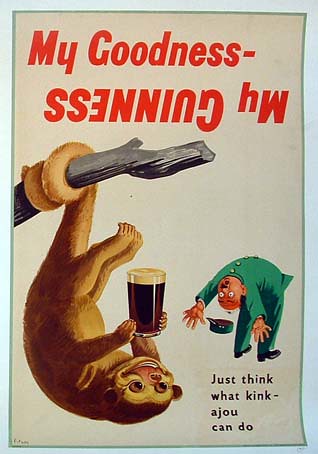
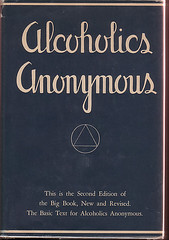




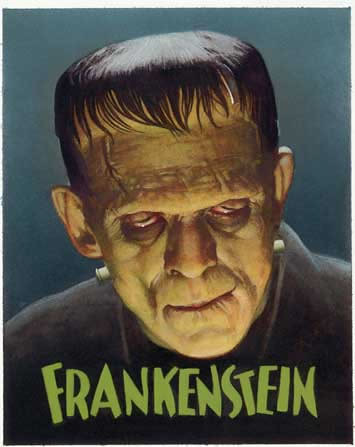 A Modern Prometheus.
A Modern Prometheus. 


